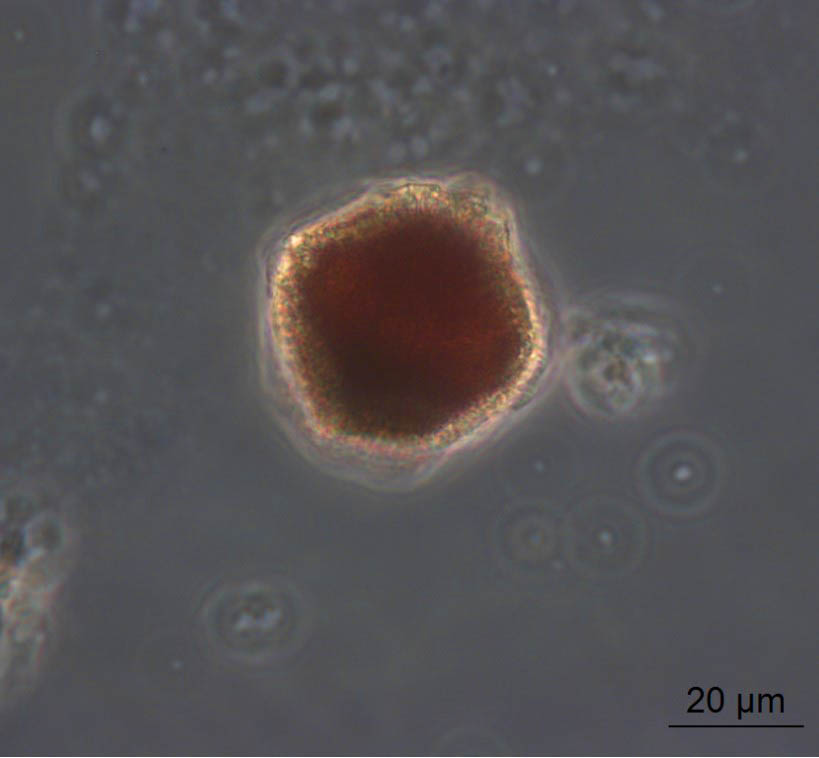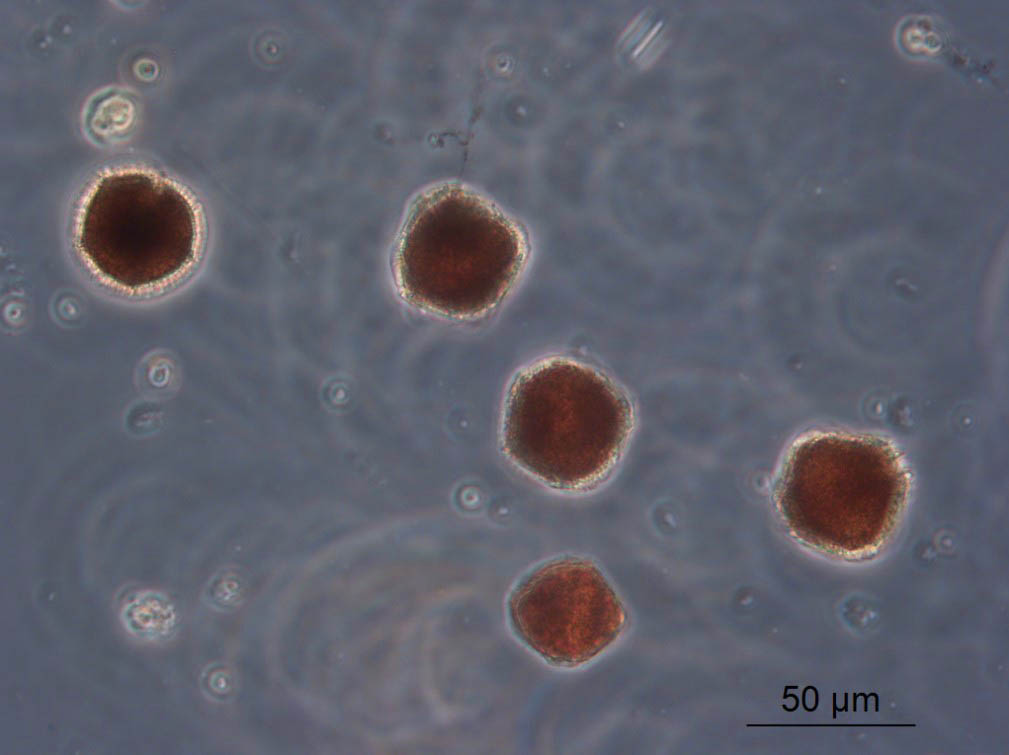The Portuguese Institute of the Sea and Atmosphere (IPMA) has banned the harvesting and marketing of all 'live bivalve molluscs' in the L8 zone, that is, on the coast of Faro to Olhão, due to the red tide.
The IPMA explained, in a statement, that, even before the tide of red algae, the harvesting and sale of shellfish was already prohibited in the L7c2 (coast of Lagos to Albufeira) and L8 (coast of Albufeira) production areas. Faro Olhão) due to 'lipophilic toxins'.
As a precaution, that institute also proceeded “to ban the harvesting and marketing in zone L8 for the other species of bivalve molluscs due to the red tide”.
IPMA adds that it intensified the collection of water samples to identify toxic phytoplankton, due to the appearance of red tide in the coastal zone between the beach of Faro and Falesia beach (Albufeira).
This intensification of sampling takes place within the framework of its work on "monitoring marine biotoxins in bivalve molluscs", which is carried out through "the collection of regular samples of bivalves for the investigation of marine biotoxins that it carries out in the affected areas".
Once the species of phytoplankton present in the waters is identified, and if it is verified that there are values close to the permitted limit for the concentration of toxic microalgae in the water in areas producing bivalve molluscs, the precautionary prohibition of other bordering areas will be evaluated. may be affected'.

For the purpose of assessing this situation, IPMA says it is "in permanent contact" with the Water Resources Administration (ARH).
That institute further explains that «the appearance of red tide in the Faro/ Praia da Falésia is due to the presence in high concentrations of lingulodinium polyedrum, a dinoflagellate that may produce isotoxins (marine biotoxins)'.
However, he adds "there are no known poisonings in humans due to the consumption of molluscs contaminated with this biotoxin."
“Under less favorable conditions this microalgae forms resistant cysts that settle in the sediments; If there are favorable currents, due to some resuspension process for the water column, and because they find a set of ideal oceanographic conditions, such as a higher water temperature (summer values for the Algarve), the cysts germinate, forming this proliferation».
It is a species observed in the routine of the monitoring program for bivalve molluscs, with regular presence in Portuguese waters, “but not in concentrations as high as those observed now”, adds the IPMA.



















Comments